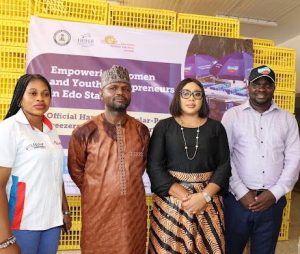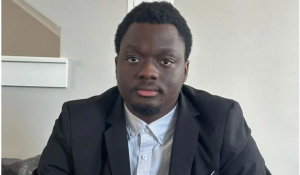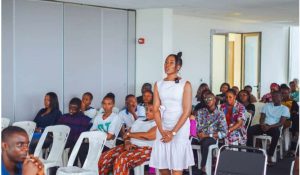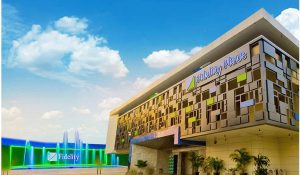
Red Sea Global to Plant 50 Million Mangroves to Foster Sustainability
Saudi Arabia’s Red Sea Global (RSG) has launched a mangrove nursery project aiming to plant 50 million trees by 2030 as part of Saudi’s vision to enhance sustainability and boost biodiversity.
The project, based along the Saudi west coast, aligns with the Kingdom’s Saudi Green Initiative – a long-term sustainable action plan aimed at addressing climate change – to conserve and regenerate the country’s Red Sea coast and increase absorption of atmospheric carbon, the official Saudi Press Agency (SPA) reported Thursday.
“The power of mangrove forests to store carbon, manage flooding and stabilize coastlines, and provide shelter for fish and other organisms, makes them one of nature’s super ecosystems,” John Pagano, CEO of RSG, was quoted as saying. “Our Mangrove Nursery will increase the numbers of mangroves and boost biodiversity, ensuring we reach the environmental ambitions we have set ourselves.”
Mangrove trees can absorb up to 5-10 times more carbon than other plants. A mangrove ecosystem can significantly help stabilize the environment by removing and storing more carbon than most other ecosystems on Earth.
The project aims to achieve a 30 percent net conservation benefit across the region by 2040, according to Raed Albasseet, RSG’s Chief Environment and Sustainability officer. Net conservation means the advantages of a project to the environment outweigh the disadvantages in the long run.
RSG was established in 2018 by Saudi Crown Prince Mohammed bin Salman as part of Vision 2030 to enhance the Kingdom’s sustainability and create diverse economic opportunities for the people in Saudi Arabia.
Creating a mangrove nursery is the latest among the many initiatives launched by RSG to conserve key habitats crucial to biodiversity. Previous projects include planting the native Doum Palm Trees and forming floating coral nurseries to expand the region’s coral reefs. The mangrove parks will soon be open for visitors.







